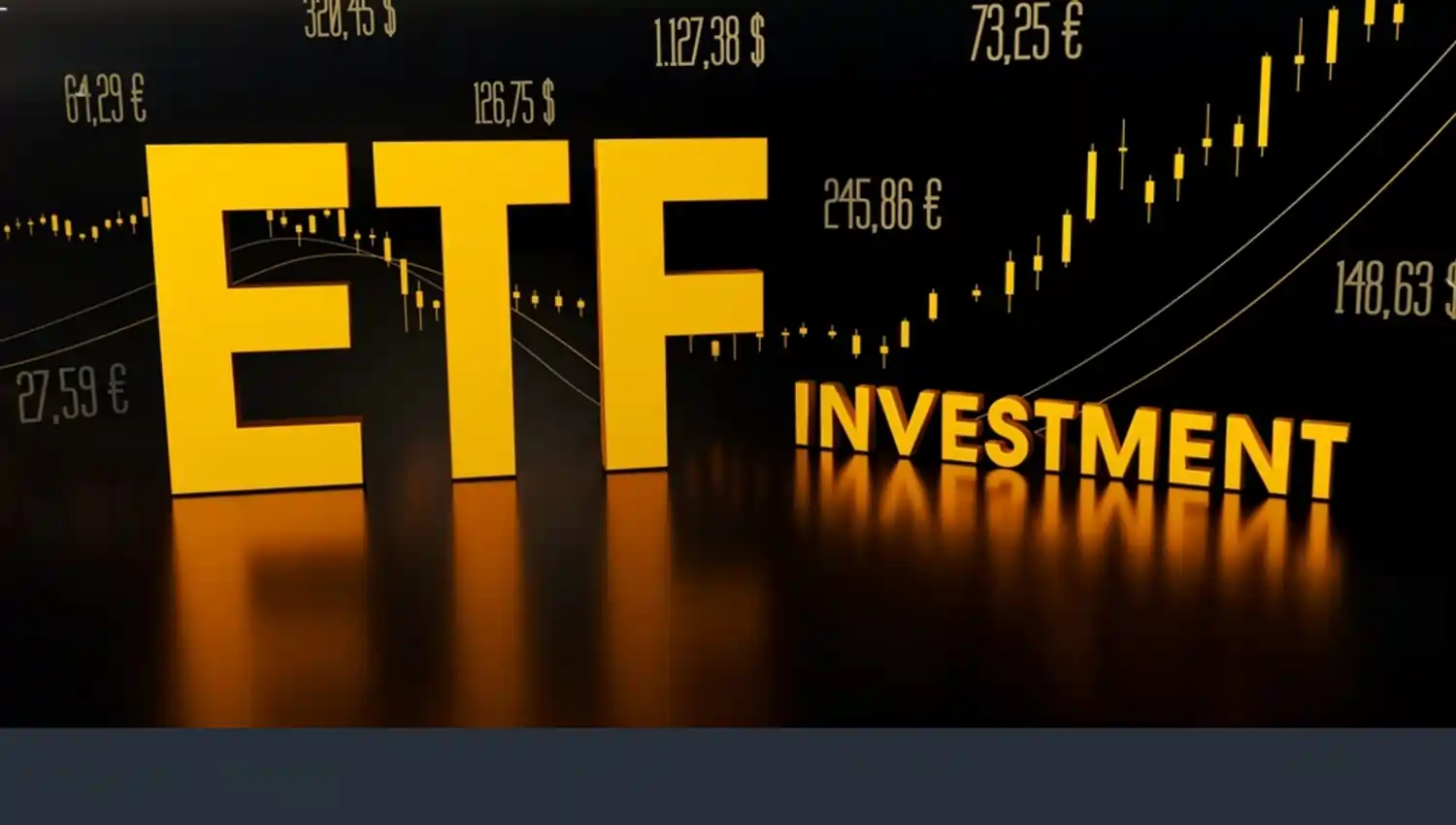“Learn how ETFs (Exchange Traded Funds) can help you invest in gold, silver, mining stocks, and commodities. Discover easy ways to trade, diversify your portfolio, and manage risks with ETFs in India.”
ETFs: Easy Way to Invest in Gold, Silver & Commodities
What Is an Exchange-Traded Fund (ETF)?
An exchange-traded fund (ETF) is an investment fund that holds multiple underlying assets. It can be bought and sold on an exchange, much like an individual stock. ETFs can be structured to track anything from the price of a commodity to a large and diverse collection of stocks—even specific investment strategies.
- ETF means Exchange-Traded Fund.
- It is a fund that holds a bunch of assets like gold, silver, stocks, or commodities.
- You can buy and sell ETF shares on the stock market just like regular shares.
- ETFs give you diversification (investing in many things at once) with flexibility (easy to trade).
Why Invest in ETFs?
| Benefit | Simple Explanation |
|---|---|
| Diversification | You invest in many assets in one go, not just one stock or metal. |
| Easy to Buy & Sell | Can trade anytime in the stock market during trading hours. |
| Low Cost | Most ETFs have low fees compared to mutual funds. |
| Transparency | You can see what assets the ETF holds. |
| Access to Metals & Markets | Gives exposure to gold, silver, mining stocks, and other commodities. |
Types of ETFs for Gold & Silver Investors
- Physical Gold & Silver ETFs
- Commodity ETFs
- Track a basket of commodities like metals, oil, or agriculture.
- Mining ETFs
- Invest in gold or silver mining companies.
- Example: VanEck Vectors Gold Miners ETF (GDX)
- Leveraged ETFs
- Aim for 2x or 3x daily returns of gold or silver. High risk, only for short-term trading.
- Thematic / Special ETFs
- Focus on special trends like green energy metals, ESG, or recycled metals.
Things to Keep in Mind
- Tracking Error – Check if ETF price closely follows the actual metal or index.
- Expense Ratio – Lower is usually better.
- Liquidity – Choose ETFs that trade often to avoid buying/selling trouble.
- Counterparty Risk – Some ETFs use derivatives, so know the risks.
- Tax & Regulations – Indian ETFs follow SEBI rules. International ETFs may have different taxes.
- Premium/Discount – ETF price can be slightly higher or lower than the actual metal value.
Popular ETFs You Can Watch
| ETF | Type | Why it is interesting |
|---|---|---|
| SPDR Gold Shares (GLD) | Gold | Large and liquid gold ETF. |
| iShares Silver Trust (SLV) | Silver | Direct exposure to silver prices. |
| VanEck Vectors Gold Miners (GDX) | Mining | Invest in gold mining companies. |
| Invesco DB Commodity Index (DBC) | Commodities | Diversified exposure beyond metals. |
| ProShares Ultra Gold (UGL) | Leveraged Gold | 2x daily gold performance, very risky. |
How ETFs Fit in Your Portfolio
- Core investment – Physical gold ETFs for safety and stability.
- Satellite investment – Mining or commodity ETFs for extra growth.
- Short-term bets – Leveraged ETFs for trading or hedging.
- Diversification – Combine ETFs with stocks, bonds, or physical metals.
Risks of ETFs
- Prices can go up or down fast.
- Leveraged ETFs can cause bigger losses.
- Tracking errors can reduce returns.
- Some ETFs have hidden risks due to structure or derivatives.
- Currency changes may affect international ETFs.
How to Start Investing in ETFs (India)
- Check available ETFs – e.g., SBI Gold ETF, Nippon India Gold ETF.
- Open a brokerage account that allows ETF trading.
- Compare ETFs – Expense ratio, liquidity, and tracking error.
- Decide allocation – Based on your risk and goals.
- Monitor periodically – Watch market and metal prices.
FAQs:
Q: Are gold ETFs safer than physical gold?
A: They remove storage and security problems but have tracking or counterparty risks.
Q: Do ETFs pay interest or dividends?
A: Physical metal ETFs usually do not. Mining ETFs may pay dividends.
Q: Can I start with small money?
A: Yes, you can buy small amounts depending on your broker.
Q: Difference between ETF and mutual fund?
A: ETFs trade like stocks, have lower cost, and are more flexible than mutual funds.
Conclusion
ETFs are a simple and flexible way to invest in gold, silver, mining stocks, and commodities. They can be core investments or short-term trades, depending on your goals. Always understand risk, fees, and structure before investing.

